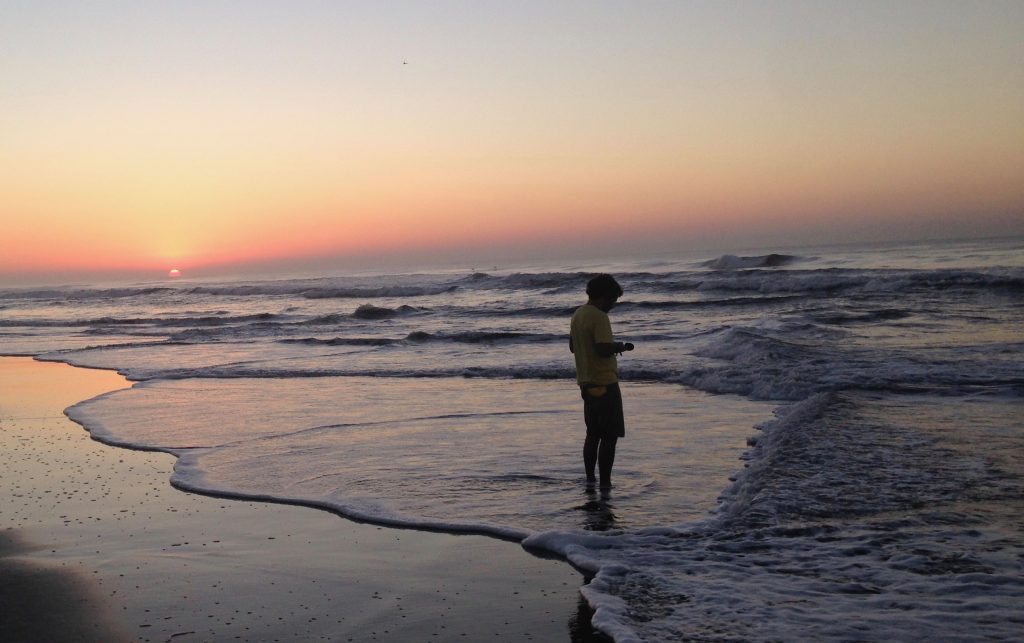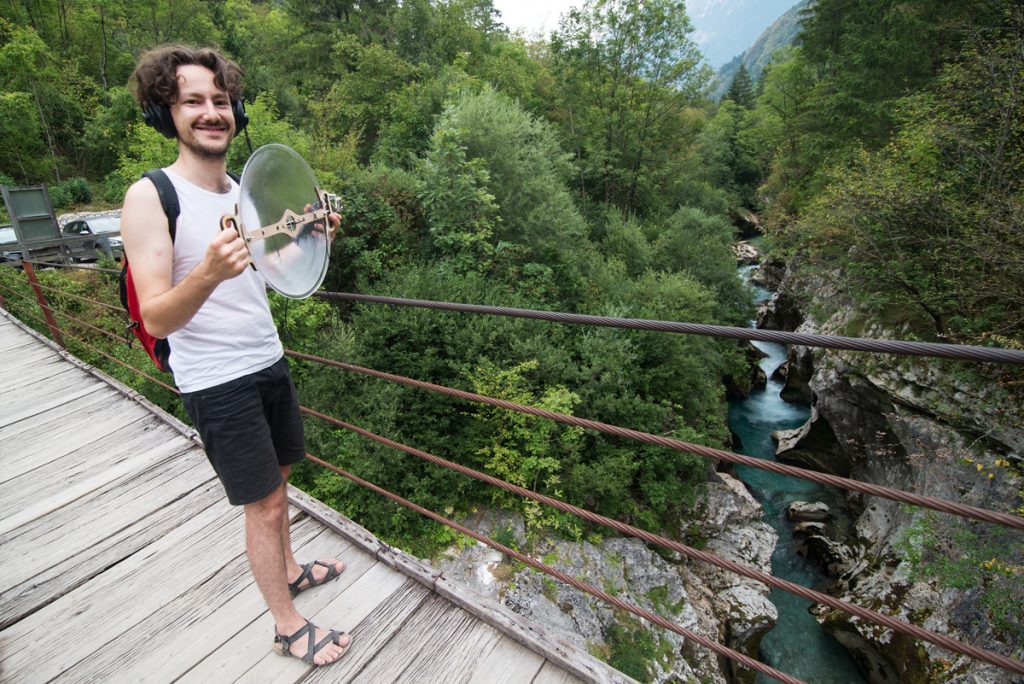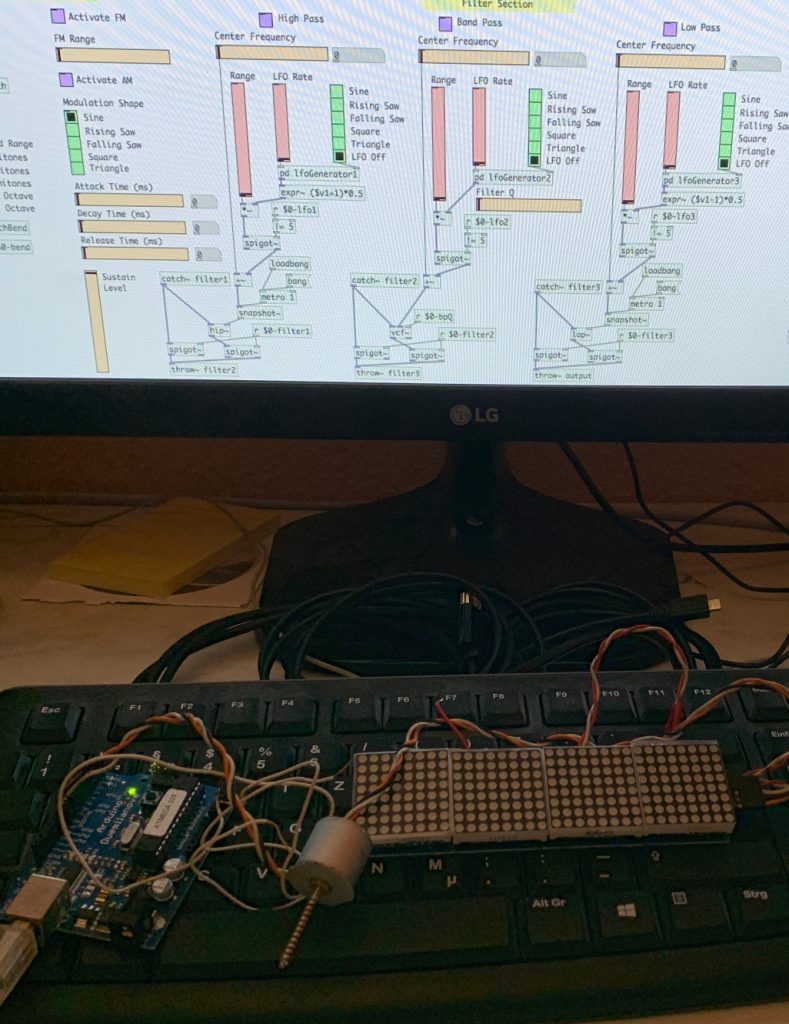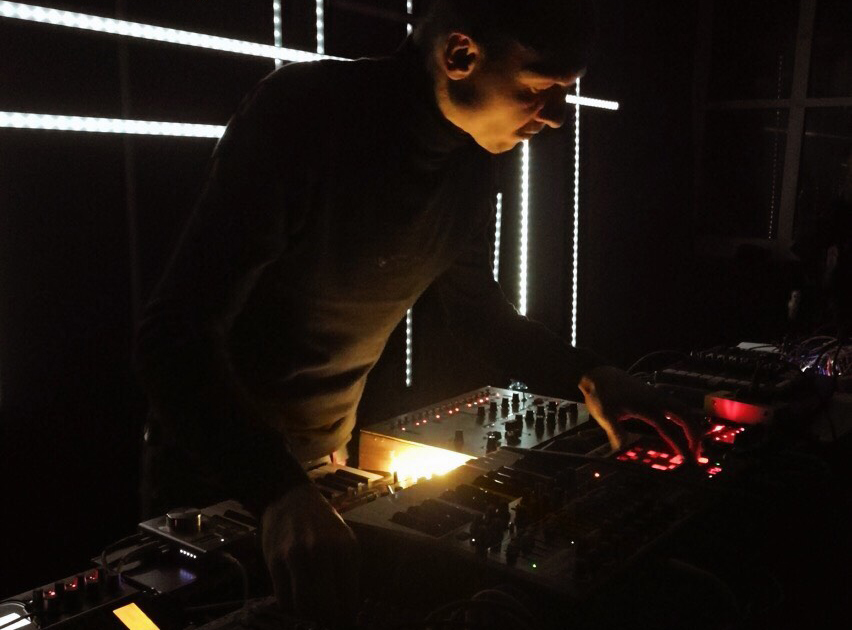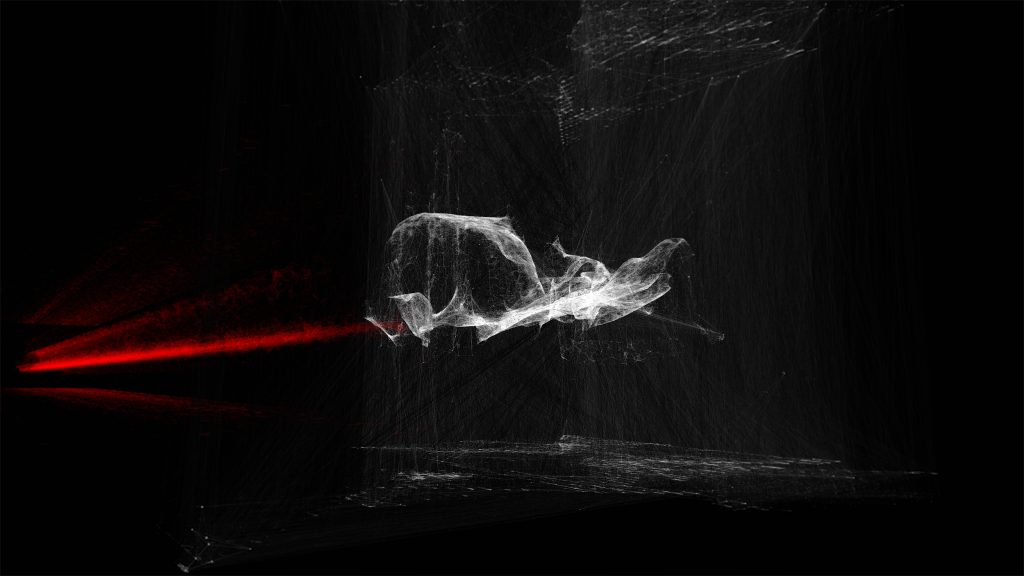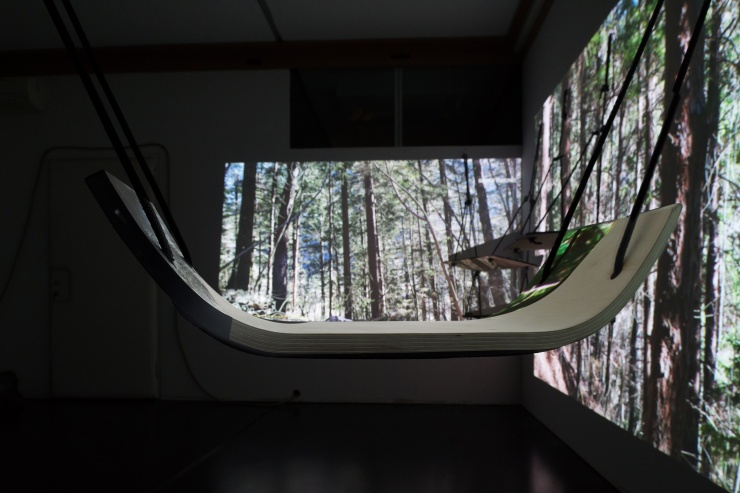Scott Kildall has been our PIFresident this year, check out what he prepared for PIFcamp!
Sonaqua Workshop
At PIFcamp, I will be leading a hands-on workshop, where you will learn how to solder electronics and build your own Sonaqua sound player, which makes audio synth sounds based on water-quality using the Mozzi libraries. This is a custom circuit board based on the ATMEL architecture and is powered by a 5V USB battery with two wires that make sounds when you put them into a glass of any water.
The workshop will take 2-3 hours, depending on your level of experience with soldering and circuits.
Unnatural Language
During PIFCamp, I will be prototyping a new project called Unnatural Language (built in a collaboration between Michael Ang). It is a network of electronic organisms (“Datapods”) that create sonic improvisations from physical sensors in the natural environment. Each Datapod has custom electronics connected to sensors, a speaker, and a wireless network. The sensed data, for example from electrodes that measure the subtle electrical variations in the leaves of plants, is transformed into a unique synthesized sound. Encased in sculptural materials (natural fiber, leather, leaves, etc) and dispersed into a natural environment, the Datapods enter into a sonic dialogue with the existing ecosystem of plants and animals.
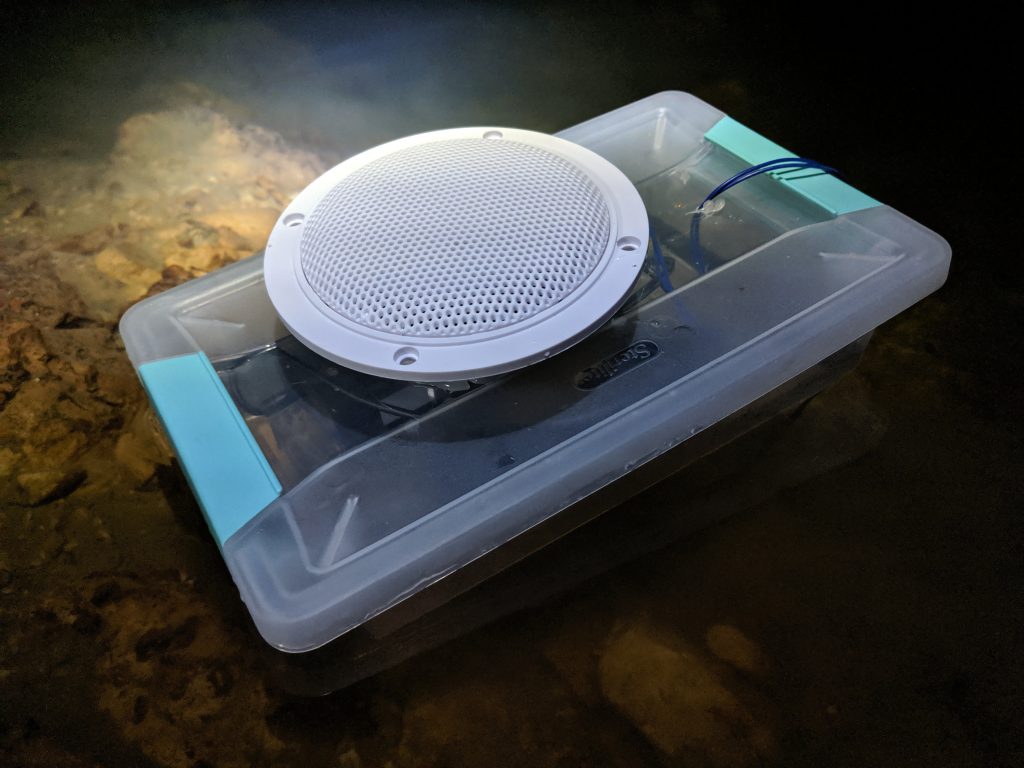
I have built 8 of these during my PIFresidency along with several software synthesizers on the ESP32, which I will be playing with in the natural environment. At PIFcamp, I plan to build boats and other vessels to house the sensors. This project grew from my work on Sonaqua as well as experiments last year at Dinacon.

